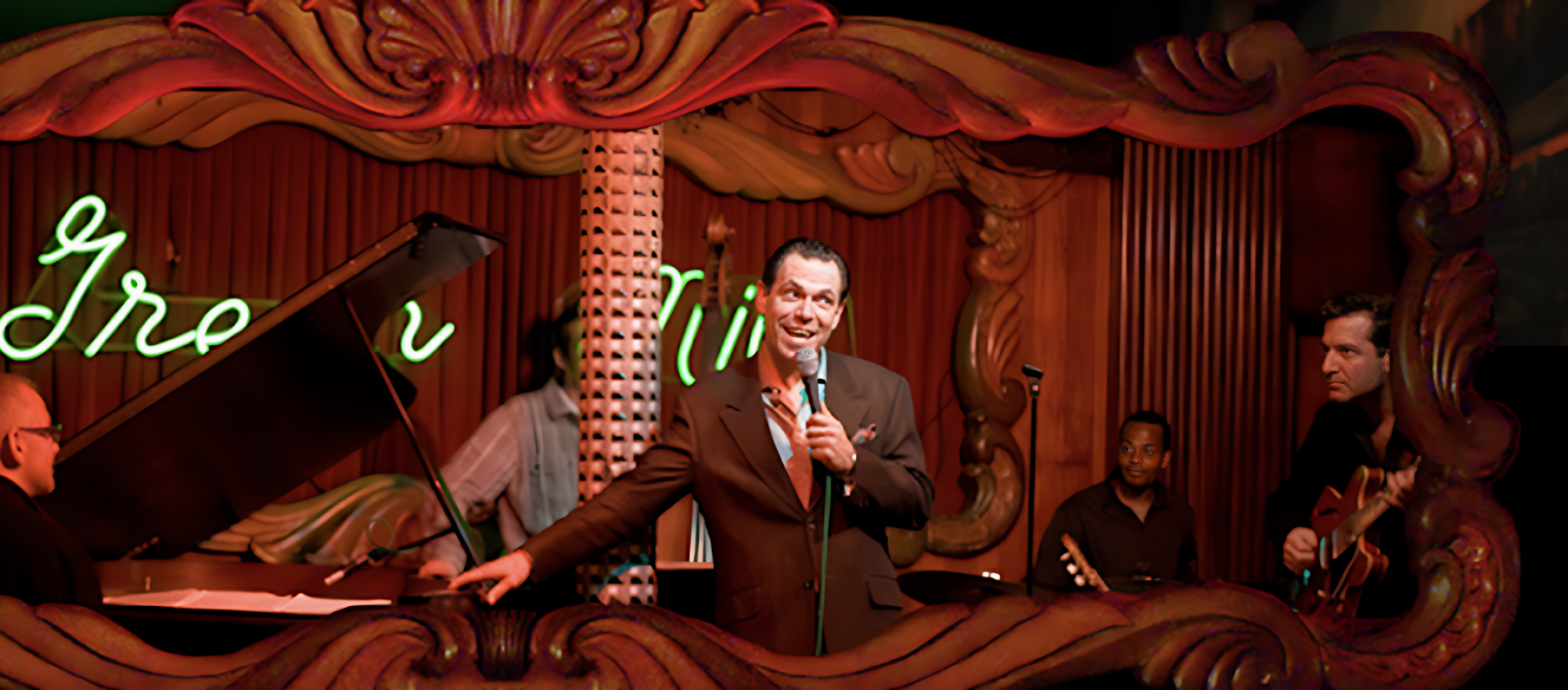
Insights
Chicago: The Epicenter of Speakeasies
Unveiling Chicago's Secret Jazz-Filled World During Prohibition
The Roaring Twenties were a time of social change, glamour, and rebellion. Nowhere was this more evident than in the Windy City of Chicago, which stood as the epicenter of an underground movement that would become synonymous with the era—speakeasies. In this article, we explore Chicago's pivotal role in the Prohibition era, where hidden bars, secret passwords, and jazz-filled nights defined the city's vibrant speakeasy culture.
Rise of Speakeasies
The Prohibition era, from 1920 to 1933, marked the nationwide ban on the sale and consumption of alcoholic beverages in the United States. Chicagoans, known for their resilience and creativity, responded by establishing a multitude of illegal drinking establishments, known as speakeasies. These covert bars offered a unique haven for those seeking to defy the law and enjoy a drink.
Iconic Chicago Speakeasies
Chicago boasted an array of iconic speakeasies that captured the spirit of the era. Some of the most famous include:
The Green Mill Cocktail Lounge: Located in the Uptown neighborhood, the Green Mill remains a legendary jazz club where Al Capone once held court in his favorite booth.
The South Side's De Luxe: Frequented by luminaries like Louis Armstrong, this speakeasy provided the perfect setting for jazz and the Charleston.
The California Clipper: A historic venue with a hidden history, the Clipper transported patrons back to the Prohibition era.
The Drifter: A modern-day homage to the speakeasy tradition, the Drifter in the basement of the Green Door Tavern combines cocktails and storytelling for an immersive experience.
Gangsters and Speakeasies
No exploration of Chicago's speakeasies is complete without mentioning the notorious gangsters who shaped the era. Al Capone, the most infamous of them all, was deeply intertwined with the city's speakeasy culture. His presence at the Green Mill and other establishments cemented his status as a legendary figure in the Prohibition narrative.
Jazz and the Speakeasy Sound
Speakeasies were not just about illegal libations; they were also hubs for artistic expression. Jazz music thrived in these clandestine bars, and Chicago was at the forefront of the jazz revolution. Musicians like Louis Armstrong, King Oliver, and Jelly Roll Morton found their voices in the city's speakeasy scene, making Chicago a jazz capital.
Legacy and Modern-Day Revival
Though Prohibition came to an end in 1933, the legacy of Chicago's speakeasies endures. Many historic venues from the era have been lovingly preserved, offering a glimpse into the past. In addition, Chicago's modern cocktail scene pays homage to the speakeasy era, with bars that embrace the classic cocktail culture.
[[relatedPurchasesItems-54]]
Conclusion:
Chicago's vibrant and clandestine speakeasies played a pivotal role in shaping the Prohibition era. They represented a defiance of the law, a celebration of culture, and an embodiment of the Roaring Twenties. Today, Chicago's speakeasy legacy lives on in both historic sites and modern bars, ensuring that the spirit of those hidden establishments never truly vanished from the city's culture.
Note: Header Image Source - The Green Mill Cocktail Lounge
Become a USATT exhibitor and grow your distribution in the USA. Meet importers, distributors, retailers and press. Get exhibitor information here.


